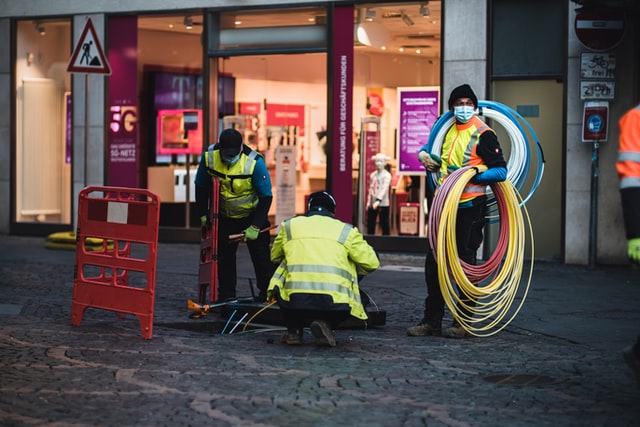Digital technology has reshaped the world you live in; frankly, it’s a lot smaller that it used to be. One technology that you owe this new lifestyle to is broadband and broadband power dividers. If you’ve ever wondered what options you had at your disposal when it comes to this pivotal invention, here is what you should know.

What is Broadband
Broadband a form of transmission technology that uses a wide range of frequencies to allow large amounts of messages and information to be sent simultaneously. This technology is employed across plenty of your day to day activities like your cell phone plans, cable packages etc.
It Provides Your Cable Services
Broadband technology is used in the cables and wiring that bring you all of your tv packages. Power dividers are used to allow your cable box to plug into your wall and desktop computers. The connection speed you get through this service depends on the type of modem and traffic load. Fiber optic cables are a more refined use of broadband that can provide faster wireless connectivity. This is technology is designed for video-on-demand streaming. It’s becoming more wide spread in apartments, hotels and other common spaces.
No Limit With Wireless
Broadband also supports Wi-Fi in your home and countless businesses. This supports your phone, computer and anything else you use that require a Wi-Fi connection to operate. Even services like 4G and LTE support your devices in part with broadband technology. Given its ability to support simultaneous use, you can expect quality service when you purchase the right provider. Broadband has also made Wi-Fi more accessible in restaurants and coffee shops through wireless local area networks, WLAN. When you’re looking for a free Wi-Fi network out in public and piggy back on your nearest store’s Wi-Fi, that’s the heavy lifting of broadband technology. But the connection speed is usually a lot slower than your private networks
Broadband is the MVP of the digital and wireless age. It is vital player in getting tv packages, streaming your favorite shows and connecting your tv and laptops to the internet. It’s adaptability is evident in its role in fiber optic cables, which enhances the wireless experience for millions of users. It is built in to more traditional cables that you see on power lines and inside your homes. Technology continues to demonstrate that the biggest changes to accessibility come from the smallest instruments.
